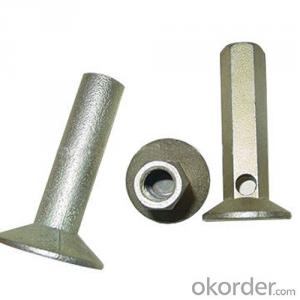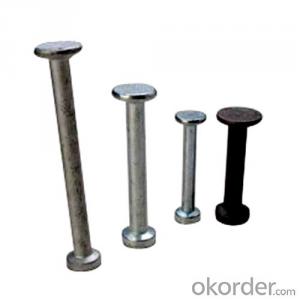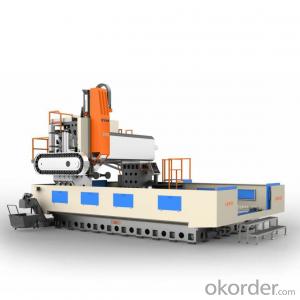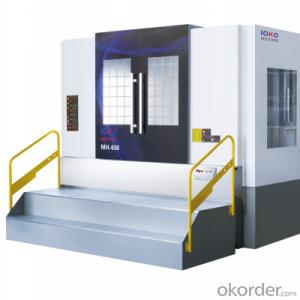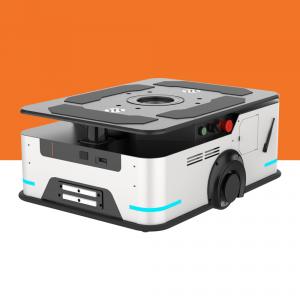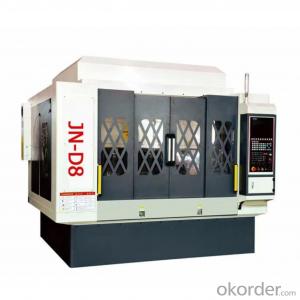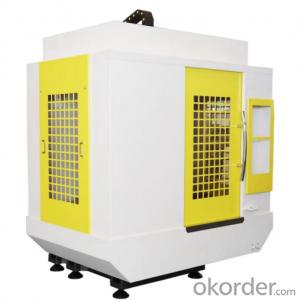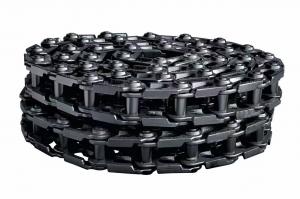Precast Concrete Lifting Spherical Head Lifting Anchor VII
- Loading Port:
- Tianjin
- Payment Terms:
- TT OR LC
- Min Order Qty:
- 100 pc
- Supply Capability:
- 10000 pc/month
OKorder Service Pledge
OKorder Financial Service
You Might Also Like
1. Specification:
1) Materials: ST52.3 or stainless steel
2) Diameter: 12mm, 17mm, 20mm, 22mm
3) Surface: plain, zinc plating, HDG
2. Products available:
Swift lift lifting eyes are used with the swift lift anchors to lift, handle and place precast concrete elements
3. Primary competitive advantages:
1. More than 10 years 4 years focus on building material manufacturing
Prompt delivery lead time within 25 days after confirming order
2. Eathu's products are enhanced by the factory QA and quality control checks during the production, if necessary each order can be send out with a certificate referring back to test
3. OEM/ODM capability: more then 10 years experience
Form A
Green Product
Guarantee/Warranty
International Approvals
Military Specifications
Packaging
Price
Product Features
Product Performance
Prompt Delivery
Quality Approvals
4.Packaging and delivery:
Packaging details: goods packed in cartons and then on the pallet
Delivery detail: within 25 days after getting payment
· Service
· Small Orders Accepted
· More than 10 Years Experience
· Testing before shipping
Market:
Mid East/Africa
North America
Western Europe
FAQ:
Q1: How long about delivery time Concrete Lifting anchors ?
A1: The delivery time will be very short, normally we keep the raw materials for old customers and sometime we also keep stock products to
make sure delivery time in any emergency cases.
Q2: How do we guarantee the quality of our Concrete lifting anchors?
A2: We have established an advanced quality management system which conducts strict quality tests at every step, from raw materials to the final product. At the same time, we provide extensive follow-up service assurances as required.
Q3: How soon can we receive the product after purchase?
A3: Within three days of placing an order, we will book the vessel for goods. The specific shipping date is dependent upon international and government factors, but is typically 7 to 30 workdays.
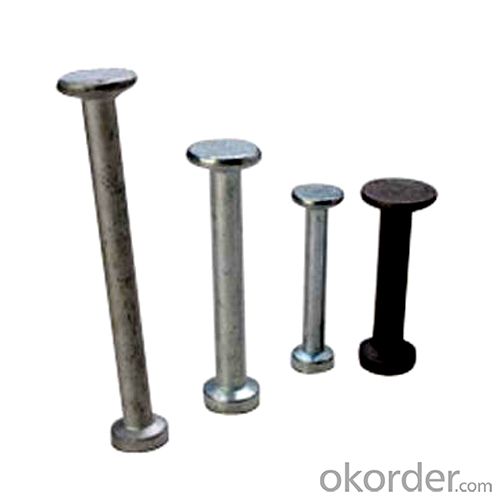
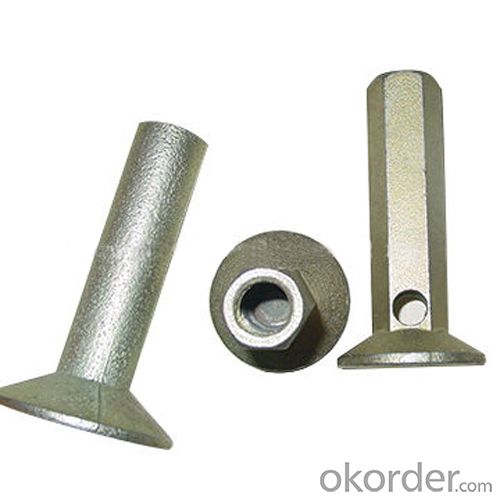
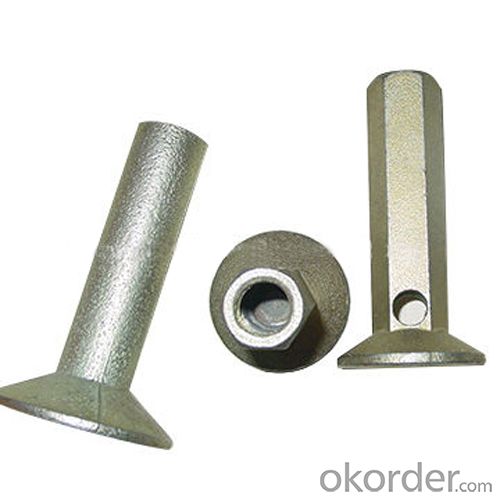
- Q:How often should hopper agitator shafts be inspected or replaced in a concrete pump?
- To ensure optimal performance and prevent potential breakdowns, it is important to regularly inspect and maintain the hopper agitator shafts in a concrete pump. The frequency of inspection or replacement depends on factors such as pump usage and operating conditions. As a general rule, it is recommended to inspect the hopper agitator shafts every three to six months. During the inspection, check for signs of wear, damage, or misalignment. If any issues are found, take appropriate measures such as lubricating, realigning, or replacing damaged parts. However, it is crucial to consider the intensity of use, the materials being pumped, and the overall condition of the pump when determining the inspection frequency. For example, if the pump is used heavily or operates continuously, it may be necessary to inspect the agitator shafts on a monthly basis. Regular maintenance and inspection of hopper agitator shafts not only ensure smooth operation but also extend the equipment's lifespan. Detecting and resolving issues in a timely manner can prevent costly repairs or downtime in the future. Additionally, following the manufacturer's maintenance recommendations and guidelines can optimize performance and reliability.
- Q:Can I use alternative materials for concrete pump spare parts?
- Using alternative materials for concrete pump spare parts is indeed possible. Nevertheless, it is crucial to carefully assess the specific requirements and performance characteristics of the parts prior to making any substitutions. Concrete pump spare parts are engineered to endure high pressures and abrasive materials, hence it is imperative to opt for alternative materials that can withstand these conditions. To guarantee that the chosen alternative materials do not compromise the concrete pump's performance or safety, it is advisable to seek guidance from the manufacturer or a professional in the field.
- Q:How can a faulty filter affect the pumping process?
- A faulty filter can significantly affect the pumping process in several ways. Firstly, a faulty filter may become clogged or blocked, hindering the flow of fluid through the pump. This can result in reduced efficiency and increased energy consumption as the pump has to work harder to overcome the resistance caused by the clogged filter. The decreased flow rate can also lead to longer pumping times, which can be problematic in time-sensitive applications. Secondly, a faulty filter may fail to effectively remove impurities or contaminants from the fluid being pumped. This can be particularly problematic in industries where maintaining the purity or cleanliness of the fluid is crucial, such as in pharmaceutical or food processing applications. The presence of contaminants can compromise the quality of the final product or damage equipment downstream from the pump. Furthermore, a faulty filter can lead to increased maintenance and repair costs. If the filter is not functioning properly, it may allow larger particles or debris to pass through, which can cause damage to the pump components. This can result in increased wear and tear, decreased lifespan of the pump, and the need for more frequent repairs or replacements. Lastly, a faulty filter can also pose a risk to the overall system and its components. If the filter fails completely, it may allow foreign objects or particles to enter the pump, leading to potential blockages, damage to internal components, or even complete failure of the pump. This can result in costly downtime, loss of production, and the need for emergency repairs or replacements. In summary, a faulty filter can have detrimental effects on the pumping process, including decreased efficiency, compromised fluid quality, increased maintenance costs, and potential damage to the pump and system components. Regular inspection, maintenance, and timely replacement of filters are essential to ensure smooth and reliable operation of pumps in various industries.
- Q:How can a faulty battery affect the operation of the pump?
- The operation of a pump can be significantly affected by a faulty battery. Firstly, inadequate power supply from a faulty battery can lead to slow or weak pumping action. This can result in the pump's inability to generate the required pressure or flow rate, causing inefficient or ineffective operation. Moreover, intermittent power supply caused by a faulty battery can cause inconsistent pumping action, with the pump starting and stopping unpredictably. These interruptions can create inefficiencies, diminish the pump's performance, and potentially harm the equipment or system being operated. Furthermore, a faulty battery may have a limited charge retention capacity. This can restrict the pump's operating time, necessitating frequent recharging or battery replacement. In situations where continuous or prolonged pump usage is necessary, a faulty battery can disrupt operations, resulting in downtime and reduced productivity. Additionally, the overall lifespan of the pump can be affected by a faulty battery. If the battery fails to consistently provide the required power, the pump may experience strain or excessive wear, potentially shortening its operational life. In conclusion, a faulty battery can have numerous unfavorable effects on the operation of a pump, including reduced performance, inconsistent pumping action, limited operating time, potential damage, and decreased equipment lifespan. It is crucial to conduct regular maintenance and promptly replace faulty batteries to ensure optimum pump performance and longevity.
- Q:What are the advantages of using OEM (Original Equipment Manufacturer) concrete pump spare parts?
- There are several advantages to using OEM (Original Equipment Manufacturer) concrete pump spare parts: 1. Quality Assurance: OEM spare parts are manufactured by the same company that produces the original equipment. This ensures that the parts are made to the same high-quality standards as the original components. The use of OEM parts guarantees that the concrete pump will perform at its optimal level and minimize the risk of breakdowns or failures. 2. Compatibility: OEM spare parts are specifically designed to fit perfectly with the original equipment. They are built to the exact specifications and dimensions required for seamless integration with the concrete pump. This compatibility ensures that the parts will function properly and efficiently. 3. Reliability: OEM spare parts are tested extensively by the manufacturer to ensure their reliability and durability. This means that they are less likely to fail or wear out prematurely, resulting in reduced downtime and maintenance costs. The reliability of OEM parts also minimizes the risk of accidents or injuries caused by faulty equipment. 4. Warranty Coverage: Many OEM spare parts come with a warranty from the manufacturer. This warranty provides protection against defects or failures, giving customers peace of mind and assurance that they are investing in high-quality components. In case of any issues, the manufacturer will typically provide support and assistance in resolving the problem. 5. Technical Support: OEM manufacturers typically offer technical support and assistance to customers using their spare parts. This support can be invaluable when it comes to troubleshooting issues, providing guidance on installation or maintenance, or offering advice on optimizing the performance of the concrete pump. This level of support may not be available when using non-OEM parts. 6. Long-Term Cost Savings: Although OEM spare parts may have a higher upfront cost compared to non-OEM alternatives, they often prove to be more cost-effective in the long run. Their superior quality and reliability result in fewer breakdowns, reduced maintenance expenses, and extended equipment lifespan. The use of OEM parts also helps to maintain the resale value of the concrete pump. In conclusion, the advantages of using OEM concrete pump spare parts include quality assurance, compatibility, reliability, warranty coverage, technical support, and long-term cost savings. By opting for OEM parts, users can ensure the smooth and efficient operation of their concrete pump while minimizing risks and maximizing the return on their investment.
- Q:Do concrete pump spare parts come with a warranty?
- Certainly, a warranty is provided for concrete pump spare parts. The duration of the warranty may differ depending on the manufacturer and the specific part being acquired. Typically, well-established manufacturers and suppliers offer warranties on their spare parts to instill confidence in customers regarding the product's quality and dependability. It is crucial to thoroughly examine the warranty's terms and conditions to comprehend the coverage and duration. Should any flaws or complications arise within the warranty period, customers can usually obtain a replacement or have the part repaired without incurring any additional expenses.
- Q:How can one identify the need for replacement of concrete pump spare parts?
- The need for replacement of concrete pump spare parts can be determined by observing specific signs and conducting regular maintenance checks. To begin with, it is crucial to keep track of the concrete pump's performance. If there is a decrease in efficiency or a noticeable reduction in output, it could indicate the requirement for replacement parts. This could be a result of worn-out components that are impacting the pump's ability to deliver concrete effectively. Another indication to be mindful of is any unusual noise emanating from the pump. Excessive or abnormal noise can be a sign of problems with the moving parts, such as bearings or seals, which may need to be substituted. It is also essential to inspect the wear and tear of the spare parts. Components like hoses, pipes, and seals can deteriorate over time due to the abrasive nature of concrete. If there are observable signs of wear, such as cracks, leaks, or bulges, it is likely that these parts need to be replaced. Conducting regular maintenance checks is critical in identifying the need for replacement parts. This involves examining the condition of key components, such as the piston, cylinder, and valves, and ensuring that they are clean, properly lubricated, and functioning correctly. Any signs of damage, corrosion, or excessive wear should be promptly addressed to prevent further harm to the pump and the need for more extensive repairs. In conclusion, by closely monitoring the concrete pump's performance, listening for abnormal noise, inspecting for wear and tear, and regularly conducting maintenance checks, one can effectively determine the need for replacement of concrete pump spare parts. Timely replacement of these parts can contribute to maintaining the pump's efficiency and prolonging its lifespan.
- Q:What are the different types of concrete pump hoses?
- There are generally two types of concrete pump hoses: steel-reinforced hoses and fabric-reinforced hoses. Steel-reinforced hoses are stronger and more durable, suitable for high-pressure applications and long-distance pumping. Fabric-reinforced hoses are lightweight and flexible, ideal for smaller projects and shorter pumping distances.
- Q:Can concrete pump spare parts be retrofitted to older pump models?
- Yes, concrete pump spare parts can often be retrofitted to older pump models. Many manufacturers design their spare parts to be compatible with multiple pump models, including older ones. However, it is important to note that not all spare parts may be suitable for retrofitting, as compatibility can vary depending on the specific pump model and the part in question. It is advisable to consult with the manufacturer or a qualified technician to ensure that the spare parts are compatible and can be safely retrofitted to older pump models.
- Q:How often should a hopper filter be cleaned or replaced?
- The cleaning or replacement frequency of a hopper filter relies on various factors such as hopper type, contaminant nature, and usage pattern. It is generally suggested to clean or replace the hopper filter every three to six months. However, if the hopper operates in a dusty or dirty environment, or deals with materials generating abundant debris, more frequent cleaning or replacement might be necessary. Regular examination of the hopper filter is vital to assess particle accumulation and filtration efficiency. Additionally, if the hopper filter displays signs of damage or wear, immediate replacement is essential to maintain peak performance and prevent potential contamination. Ultimately, it is advisable to consult the manufacturer's guidelines and recommendations for the specific hopper filter in use.
1. Manufacturer Overview |
|
|---|---|
| Location | |
| Year Established | |
| Annual Output Value | |
| Main Markets | |
| Company Certifications | |
2. Manufacturer Certificates |
|
|---|---|
| a) Certification Name | |
| Range | |
| Reference | |
| Validity Period | |
3. Manufacturer Capability |
|
|---|---|
| a)Trade Capacity | |
| Nearest Port | |
| Export Percentage | |
| No.of Employees in Trade Department | |
| Language Spoken: | |
| b)Factory Information | |
| Factory Size: | |
| No. of Production Lines | |
| Contract Manufacturing | |
| Product Price Range | |
Send your message to us
Precast Concrete Lifting Spherical Head Lifting Anchor VII
- Loading Port:
- Tianjin
- Payment Terms:
- TT OR LC
- Min Order Qty:
- 100 pc
- Supply Capability:
- 10000 pc/month
OKorder Service Pledge
OKorder Financial Service
Similar products
New products
Hot products
Hot Searches
Related keywords
